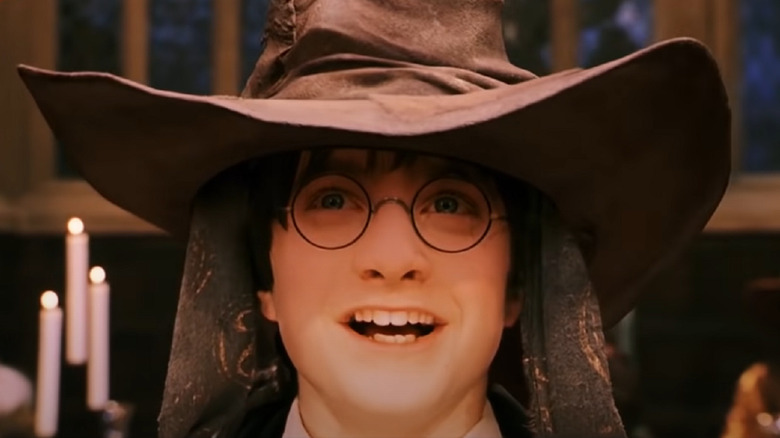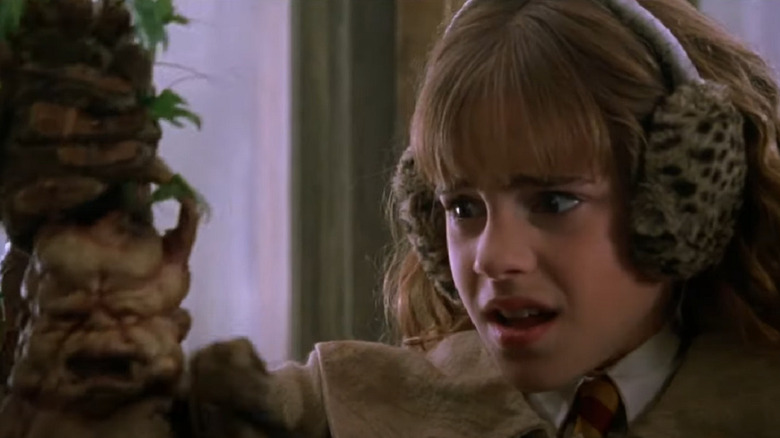The Magical Plants In Harry Potter Are Way More Real Than You Thought
There is little room to argue against the fact that the "Harry Potter" franchise is abundant in creativity and originality. The movies and book series are highly esteemed by millions of people of all ages and from all around the globe. Many reasons have contributed to the success author J. K. Rowling saw for her seven-volume fantasy series. Undoubtedly, one of them is how the British novelist utilized her creative genius to bring to life an incredibly rich magical world.
But as happens with most extraordinary works of fiction, especially modern ones, is that they do not appear in a vacuum. There are always sources of inspiration that help give shape to the ideas floating around in the writer's brain. In the creation of certain magical aspects of the Wizarding World and the Hogwarts School of Witchcraft and Wizardry, Rowling drew inspiration from real-life elements. One of these has to do with Neville Longbottom's favorite school subject, Herbology, and the magical plants we learn about in the "Harry Potter" books and movies. Devil's Snare, Mandrake, and Gillyweed are some of the most well-known names among the many magical plant specimens mentioned and featured throughout the "Harry Potter" universe. But do you know how Rowling came up with these names? Most are not of her invention.
The Factual Beneath the Magical
Back in 2003, J.K. Rowling explained on CBS News' "60 minutes" where she drew inspiration for most things related to Herbology: "I used to collect names of plants that sounded witchy, and then I found this, 'Culpeper's Complete Herbal,'" Rowling explained. "And it was the answer to my every prayer: flax weed, toadflax, fleawort, Gout-wort, grommel, knotgrass, Mugwort."
The book in question is a 17th-century work by botanist and physician Nicholas Culpeper. "Culpeper's Complete Herbal" described over 400 different herbs, providing their Latin names as well as their common ones.
In the case of Mandrakes, which we as book readers and viewers first encounter in "Harry Potter and the Chamber of Secrets," Rowling did not invent the idea of the root appearing humanoid in shape. In a lecture on Herbology and plants in "Harry Potter," Ed Valauskas explained the concept of "zoophytes," plants that are also animals. Valauskas details how mandrakes were believed to possess a human-shaped root, both male as well as female in appearance.
Most elements of modern fantasy are not a hundred percent original. Does this make them any less remarkable? Not at all. The best works of fiction use their sources of inspiration as the paints with which the author creates their unique painting. And the millions of "Harry Potter" fans everywhere would surely agree that the series is not made any less magical for having a little factual beneath it.

